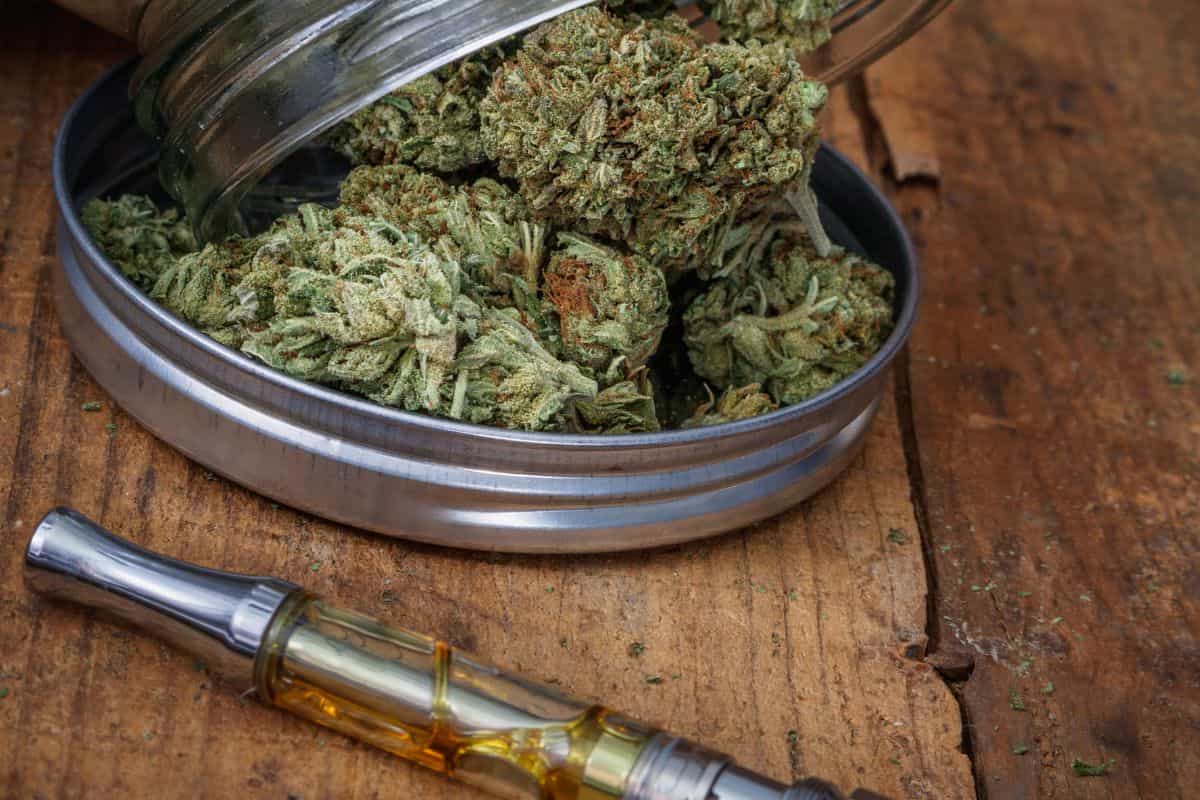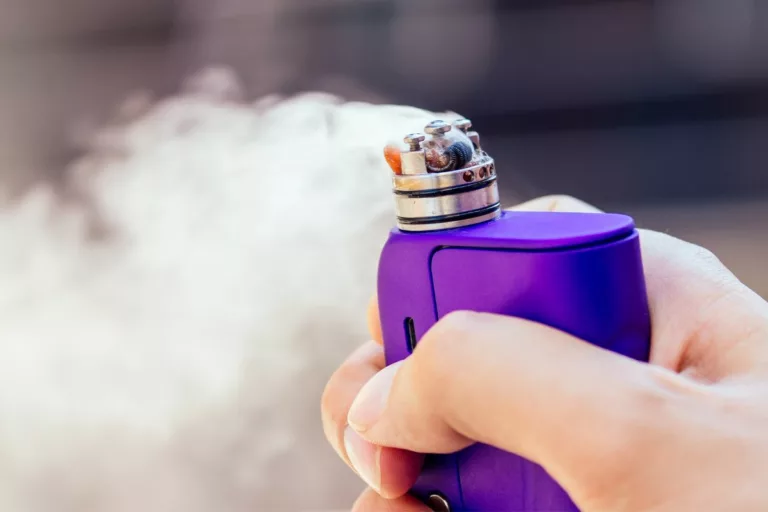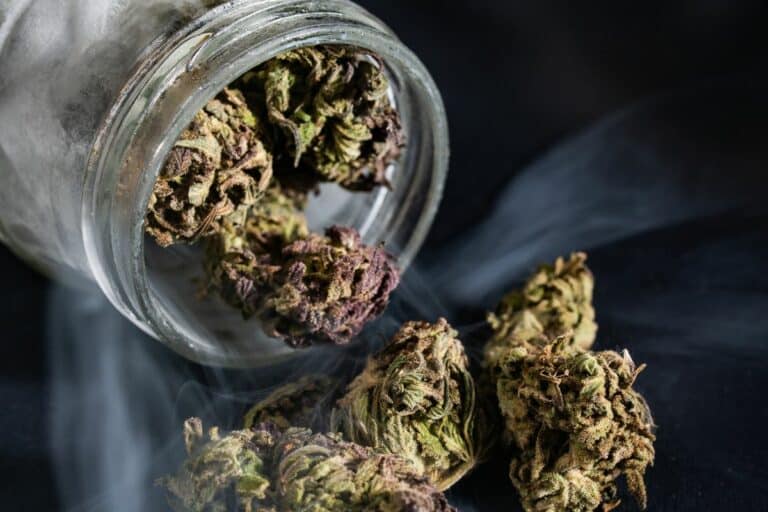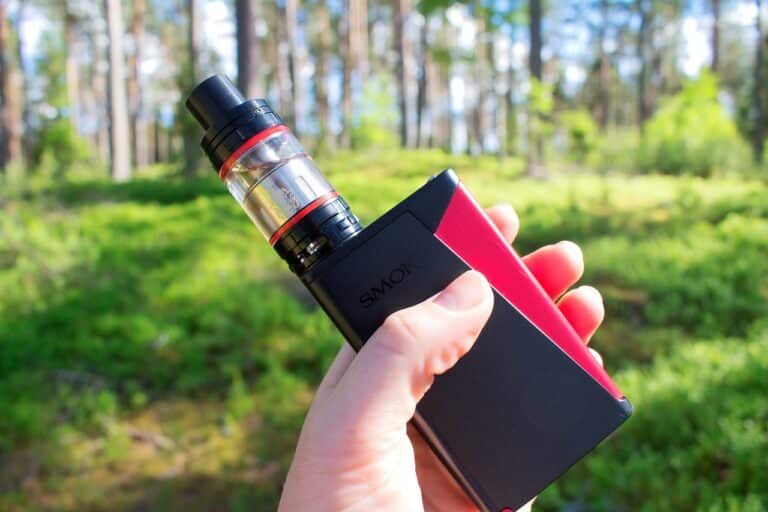Best Legal Herbs to Vaporize: A Comprehensive Guide
Vaporizing herbs has become an increasingly popular alternative to smoking.
Not only does it provide a cleaner and smoother experience, but it can also have medicinal benefits. In this article, we will be discussing the best legal herbs to vaporize.
Table of Contents
Introduction
In recent years, vaporizing herbs has gained popularity as an alternative to smoking.
Vaporizing involves heating the herbs to a temperature that releases their active compounds without causing combustion.
This process produces vapor that can be inhaled, providing a cleaner and smoother experience than smoking.
While some people may use herbs for recreational purposes, others use them for their medicinal benefits.
Vaporizing herbs can help reduce anxiety, alleviate pain, and improve sleep quality, among other benefits.
NEW CUSTOMER DISCOUNT
Save 15%
15% OFF YOUR ENTIRE ORDER FOR NEW CUSTOMERS USE CODE WELCOME15!
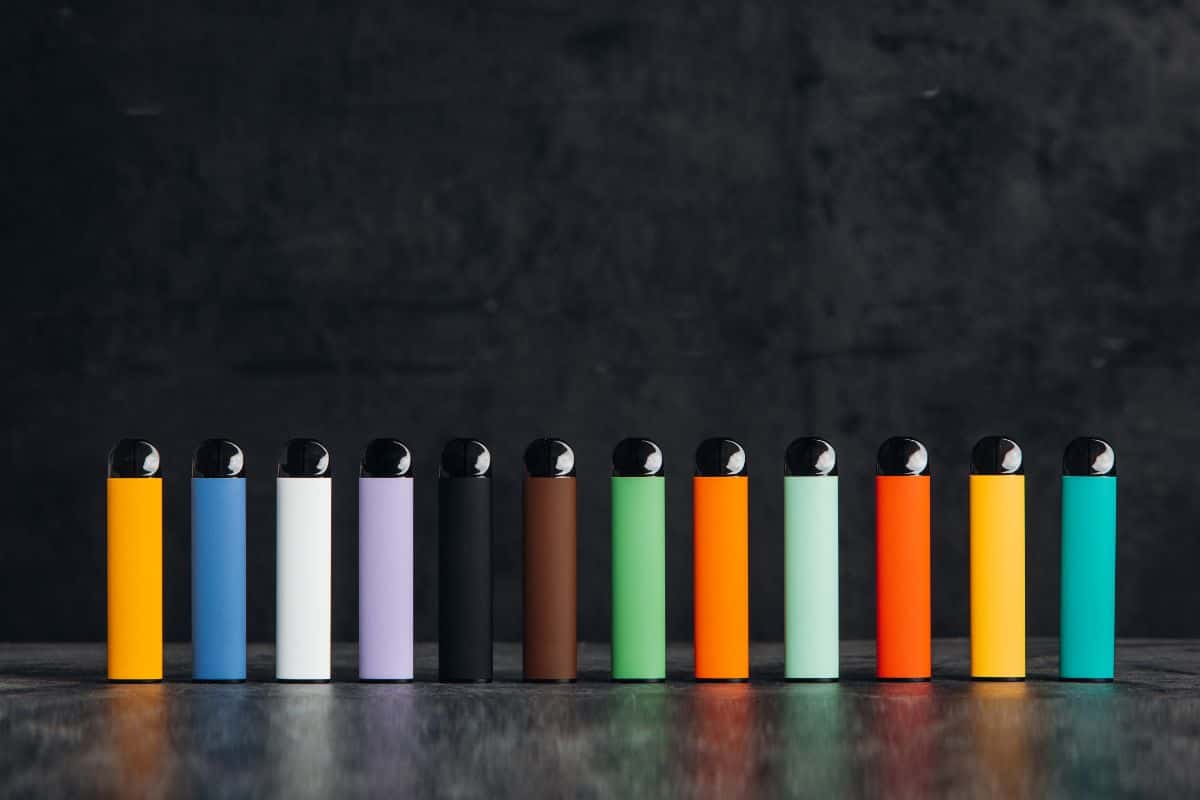
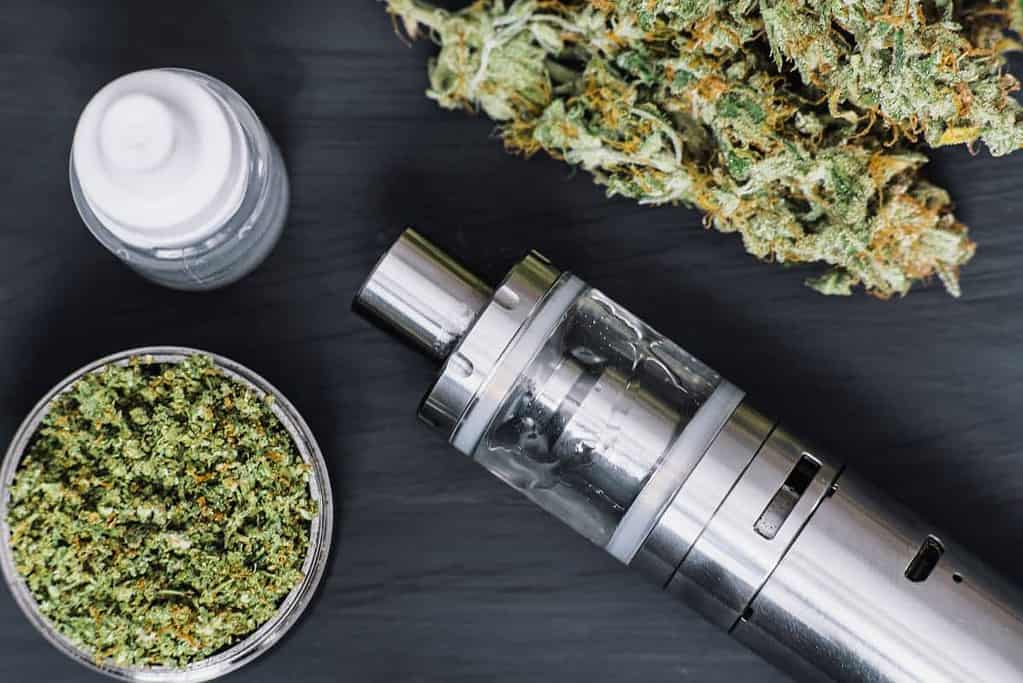
1. Chamomile
Chamomile is a well-known herb that has been used for centuries to promote relaxation and improve sleep quality. It contains a compound called apigenin, which has been shown to have anxiolytic and sedative properties. Vaporizing chamomile can help reduce anxiety and promote restful sleep.
2. Lavender
Lavender is another herb that is commonly used for its relaxing properties. It contains a compound called linalool, which has been shown to have anxiolytic and sedative effects. Vaporizing lavender can help reduce anxiety, promote relaxation, and improve sleep quality.
3. Peppermint
Peppermint is a popular herb that is known for its cooling and refreshing properties. It contains a compound called menthol, which has been shown to have analgesic and anti-inflammatory properties. Vaporizing peppermint can help alleviate pain and reduce inflammation.
4. Eucalyptus
Eucalyptus is an herb that is commonly used for its respiratory benefits. It contains a compound called eucalyptol, which has been shown to have expectorant and decongestant properties. Vaporizing eucalyptus can help relieve respiratory symptoms and improve breathing.
5. Passionflower
Passionflower is an herb that is known for its anxiolytic properties. It contains a compound called chrysin, which has been shown to have anxiolytic effects. Vaporizing passionflower can help reduce anxiety and promote relaxation.
6. Damiana
Damiana is an herb that is commonly used as an aphrodisiac and mood enhancer. It contains a compound called arbutin, which has been shown to have mood-enhancing properties. Vaporizing damiana can help improve mood and increase sexual desire.
7. Lemon balm
Lemon balm is an herb that is commonly used for its calming properties. It contains a compound called rosmarinic acid, which has been shown to have anxiolytic and sedative effects. Vaporizing lemon balm can help reduce anxiety and promote relaxation.
8. Kava
Kava is an herb that is commonly used for its anxiolytic properties. It contains a compound called kavalactones, which have been shown to have anxiolytic and sedative effects. Vaporizing kava can help reduce anxiety and promote relaxation.
9. Blue lotus
Blue lotus is an herb that is commonly used for its relaxing properties. It contains a compound called apomorphine, which has been shown to have anxiolytic and sedative effects. Vaporizing blue lotus can help reduce anxiety and promote relaxation.
10. Valerian root
Valerian root is an herb that is commonly used for its sedative properties. It contains a compound called valerenic acid, which has been shown to have anxiolytic and sedative effects. Vaporizing valerian root can help reduce anxiety, promote relaxation, and improve sleep quality.
11. Sage
Sage is an herb that is commonly used for its cognitive benefits. It contains a compound called 1,8-cineole, which has been shown to have cognitive-enhancing effects. Vaporizing sage can help improve memory and cognitive function.
12. Yerba mate
Yerba mate is an herb that is commonly used as a stimulant. It contains a compound called mateine, which has similar properties to caffeine. Vaporizing yerba mate can help increase alertness and focus.
13. St. John’s Wort
St. John’s Wort is an herb that is commonly used for its mood-enhancing properties. It contains a compound called hypericin, which has been shown to have antidepressant effects. Vaporizing St. John’s Wort can help improve mood and alleviate symptoms of depression.
14. Ginger
Ginger is an herb that is commonly used for its anti-inflammatory properties. It contains a compound called gingerol, which has been shown to have anti-inflammatory effects. Vaporizing ginger can help reduce inflammation and alleviate pain.
15. Rosemary
Rosemary is an herb that is commonly used for its cognitive benefits. It contains a compound called rosmarinic acid, which has been shown to have cognitive-enhancing effects. Vaporizing rosemary can help improve memory and cognitive function.
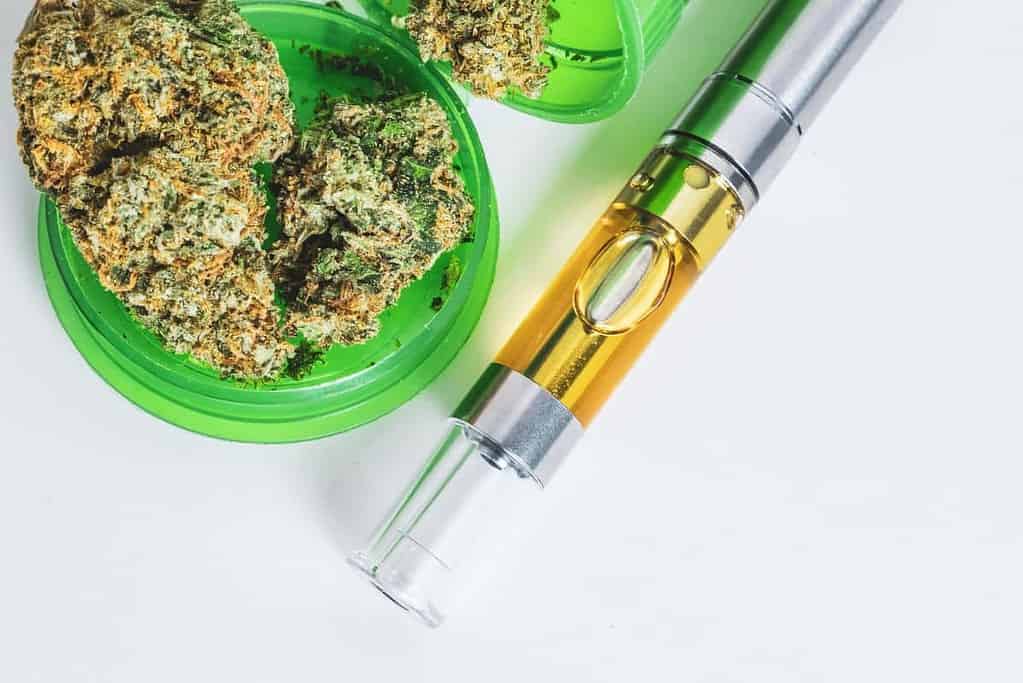
Benefits of Dry Herb Vaping
Dry herb vaping offers several benefits over smoking. These include:
- Reduced Harmful Chemicals – When dry herbs are vaped, they’re heated without combustion. This means that harmful chemicals, such as tar, carbon monoxide, and other toxins, aren’t released.
- Better Taste and Aroma – Vaping dry herbs allows you to taste and smell the full range of flavors and aromas. This is because the herbs are heated at a lower temperature, which preserves their natural flavors and aromas.
- Easy to Use – Dry herb vaping devices are easy to use and maintain. They require minimal cleaning and can be easily refilled with dry herbs.
- Cost-Effective – Vaping dry herbs can be a cost-effective alternative to smoking. Dry herbs are generally less expensive than traditional cigarettes, and vaping devices can be used multiple times.
How to Vape Dry Herbs
- Grind the herbs – Before vaping, grind the dry herbs using a grinder or a mortar and pestle. This will help to ensure even heating.
- Load the vaping device – Load the dry herbs into the vaping device. Make sure not to overfill the device, as this can affect the airflow.
- Set the temperature – Set the temperature on the vaping device according to the manufacturer’s instructions. Different herbs require different temperatures to vaporize properly.
- Inhale – Once the vaping device is heated, inhale through the mouthpiece. Take slow, deep breaths to fully enjoy the flavors and aromas of the herbs.
Browse popular vape collections:
- Nicotine Disposables
- 2000 Puff Nicotine Disposable Vapes
- 2500 Puff Nicotine Disposable Vapes
- 5000 Puff Nicotine Disposable Vapes
- 6000 Puff Disposable Nicotine Vapes
- 7000 Puff Nicotine Disposable Vapes
- Disposable Vape Deals
- Best Vape Brands
- 8000 Puff Nicotine Disposable Vapes
- 9000 Puff Nicotine Disposable Vapes
- 5% Nicotine Disposable Vapes
- Rechargeable Nicotine Disposable Vapes
- Vape Coils
- Dab Wax Pens
- Dab Wax Pen Battery
- Yocan Vapes
- Vape Cases
Conclusion
Vaporizing herbs can be a great way to reap their medicinal benefits without the harmful effects of smoking.
Chamomile, lavender, peppermint, eucalyptus, passionflower, damiana, lemon balm, kava, blue lotus, valerian root, sage, yerba mate, St. John’s Wort, ginger, and rosemary are some of the best legal herbs to vaporize.
Each herb has its own unique properties and benefits, so it’s important to choose the one that best suits your needs.
FAQs Best Legal Herbs to Vaporize
Is it legal to vaporize herbs?
Yes, it is legal to vaporize herbs in most countries. However, it’s important to check your local laws and regulations.
Can vaporizing herbs be harmful?
While vaporizing herbs is generally considered to be safer than smoking, there is still some risk involved. It’s important to use high-quality herbs and a reliable vaporizer to minimize any potential harm.
Can vaporizing herbs help with anxiety?
Yes, several herbs have anxiolytic properties and can help reduce anxiety when vaporized.
Can vaporizing herbs be addictive?
While some herbs can be habit-forming, they are generally considered to be less addictive than substances like nicotine or caffeine.
How do I choose the right herb to vaporize?
It’s important to choose an herb that suits your needs and preferences. Consider the herb’s properties and benefits, as well as any potential side effects or interactions with medications.
Resources:

